Pressure regulators are utilized in numerous typical home and business applications. Examples of applications for pressure regulators include the regulation of propane in gas grills, the regulation of natural gasses in home heating furnaces, the regulation of oxygen and anesthetic gasses in medical and dental equipment, the regulation of compressed air in pneumatic automation systems, the regulation of fuel in engines, and the regulation of hydrogen in fuel cells. A pressure regulator performs the same task in various applications. Read More…
Honeywell offers a broad portfolio of pressure transducers for test and measurement in industrial, automotive/transportation, aerospace, and medical applications Honeywell’s pressure transducers are suited for both high and low temperatures. Products include strain gauge pressure transducers, differential pressure transducers, LVDTs and miniature pressure transducers. Customization is available ...
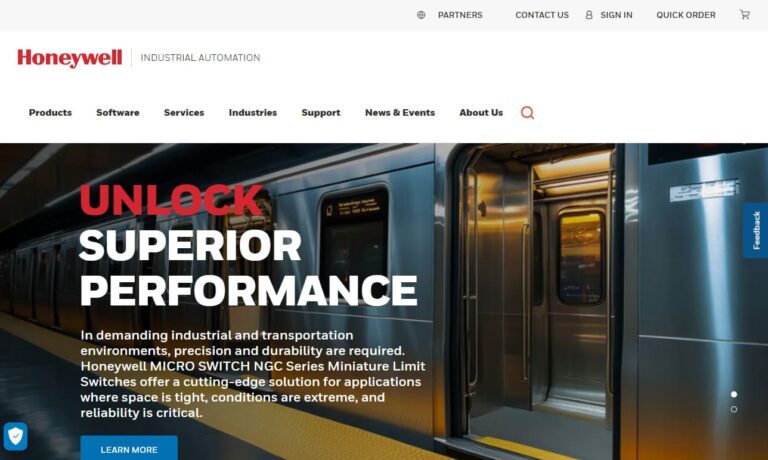
At Emerson Automation Solutions, we dedicate ourselves to advancing precision measurement and control technologies that empower industries to operate safely, efficiently, and sustainably. Our work in pressure transducers exemplifies this mission, as we engineer and manufacture high-performance sensors designed to provide accurate pressure readings under the most demanding industrial conditions.
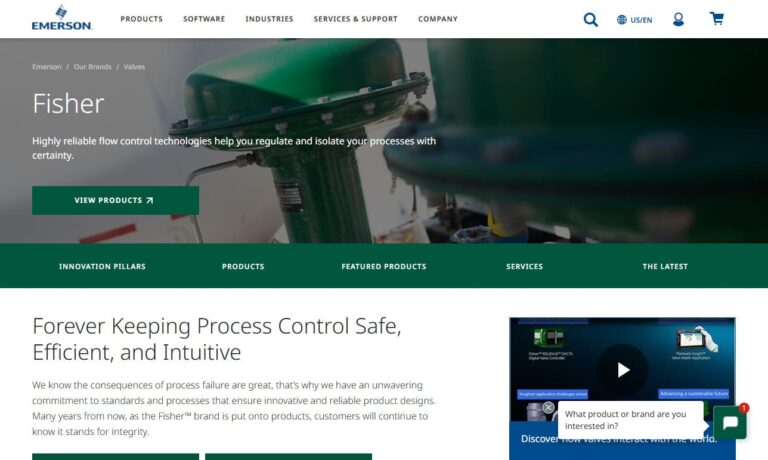
We design and manufacture acceleration, pressure and weight sensing products. Setra makes fuel cell pressure transducers, industrial strain gauge pressure transducers, HVAC/R pressure transducers, ultra-high purity and vacuum pressure transducers plus other types. We've been in business since 1967.
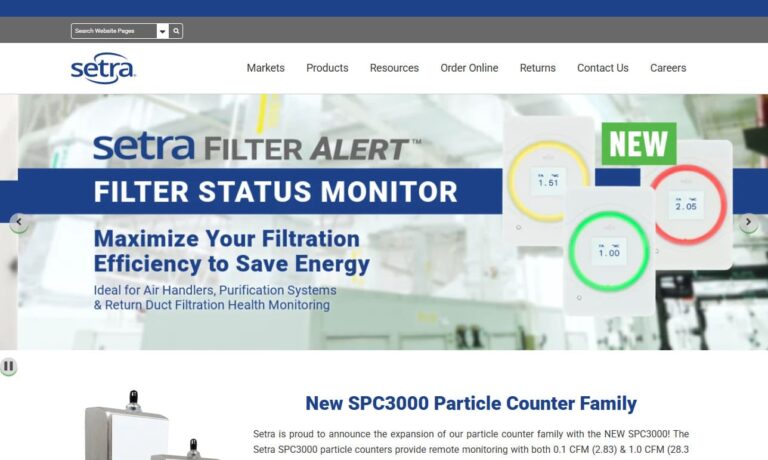
Ashcroft® manufactures a full line of high-quality pressure transducers for reliable use in applications for high-volume OEM, general and heavy industrial and HVAC. Our line offers products with award-winning features. Our company realizes that as times change, so do the needs of industry. Products we manufacture have become the benchmark in our industry.
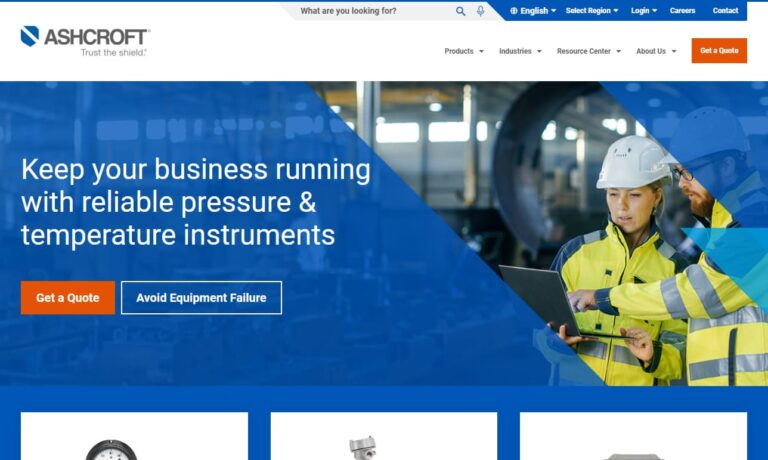
At Endress & Hauser, we take pride in being a global leader in process automation and instrumentation, dedicated to helping industries achieve precise measurement, control, and efficiency. Our expertise in pressure transducer technology allows us to deliver solutions that ensure reliable process monitoring and optimized system performance across a wide range of applications.
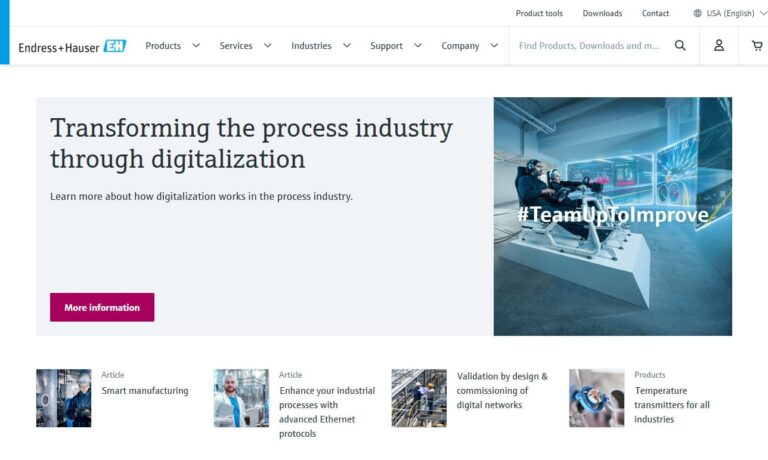
At ABB, we are driven by the pursuit of precision, innovation, and reliability in every solution we deliver. Our expertise spans across industrial automation, electrification, and advanced measurement technologies that empower industries to perform at their highest potential. As pioneers in process instrumentation, we design and manufacture high-performance pressure transducers that provide...
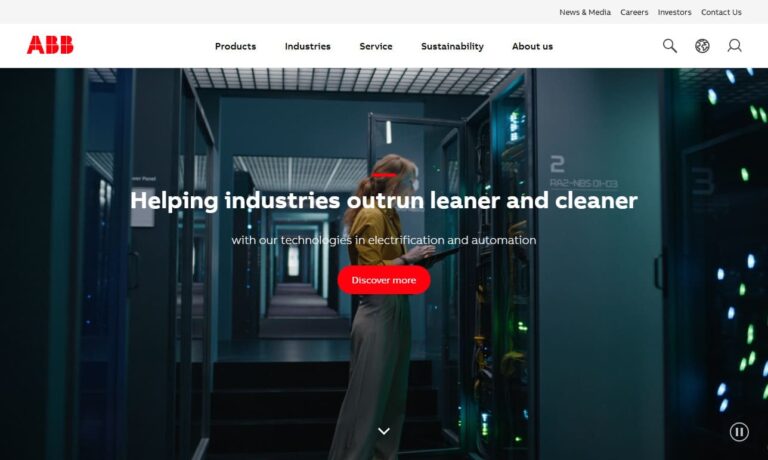
More Pressure Regulator Manufacturers
They decrease an inlet pressure (or supply pressure) to a lower outlet pressure and operate to keep this outlet pressure constant despite variations in the intake pressure. The main feature of pressure regulators is decreasing the entrance pressure to a lower exit pressure.

Operational Components of Pressure Regulators
Three essential components make up a pressure regulator.
- A constrictive or pressure-reducing component. This piece is frequently a spring-loaded poppet valve.
- A sensor component- typically a piston or diaphragm.
- A reference force component- typically, a spring.
Pressure-Reducing Component (poppet valve)
The spring's reference force opens the valve when it is in use. When the poppet valve opens, pressure is applied to the sensing element, which causes the valve to close until it is just slightly open to maintain the specified pressure. The spring pushes the poppet away from the valve seat when the downstream pressure falls below the set point, allowing more fluid to flow from the inlet to the outlet until there is a restoration of force balance.
Sensing Component (diaphragm or piston)
When greater outlet pressures are needed, robustness is a factor, or the outlet pressure does not need to be controlled to a precise tolerance, piston-style designs are frequently employed. Due to friction between the piston seal and the regulator body, piston designs are often slower than diaphragm designs. Therefore, the diaphragm type is used in low-pressure applications or when a high degree of accuracy is required. Diaphragm regulators use a tiny disk-shaped device to track pressure variations.
They are typically made of an elastomer; however, in specific instances, thin twisted metal is employed. With diaphragms, the friction that comes with piston-style devices is essentially eliminated. Additionally, a diaphragm design frequently makes it possible to provide a larger sensing area for a given regulator size than would be achievable with a piston-style design.
The Reference Force Component (spring)
Mechanical springs are frequently used as the reference force element. This spring works to open the valve by applying pressure to the sensor component. Most regulators are built with an adjustment that enables the user to change the reference spring's force to alter the outlet pressure set point.
Types of Pressure Regulators
Direct-Operated Regulators
This sort of regulator is typically used for low set pressures, and it would sense the downstream pressure via either an external control line or an internal pressure registration. By forcing the spring under a downward pressure, the diaphragm and valve plug move, changing the size of the flow route through the regulator. Most applications for these regulators are commercial and residential.
Pilot Controlled Regulators
This regulator is typically utilized in situations requiring high flow rates or precise pressure control. The main and pilot valves are this regulator’s two basic components. Because the pilot continuously senses the downstream pressure, these regulators can instantly adapt downstream. Pilot regulators can respond to pressure with a flat line. Since this sort of regulator often employs two-path control, the main valve diaphragm will react quickly to changes in downstream pressure, allowing for a speedy adjustment of the main valve plug position.

Single-Stage Pressure Regulators
Through the inlet port, high-pressure gas from the supply enters this regulator. This pressure will be displayed on the input pressure gauge. When the valve actuating diaphragm is sufficiently deflected to close the valve, no more gas can enter the low-pressure side until the pressure decreases again. The typically-open pressure control valve aperture allows gas to pass through while maintaining a constant downstream pressure. This pressure will be displayed on the exit pressure gauge.

Two-Stage Pressure Regulators
Two-stage regulators utilize two regulators connected in series within the same housing to gradually lower the pressure in two steps rather than one. The programmed first stage lowers the supply gas's pressure to an intermediate level, and gas at that pressure enters the second stage. By setting the pressure control knob at the diaphragm loading spring, the user can control the pressure at which the gas exits the second stage.
Two safety valves can be added to two-stage regulators to reduce the risk of an explosion if there is excess pressure between stages due to a leak at the first-stage valve seat. A single-stage regulator that is out of balance could require frequent adjusting. The outlet pressure may change as the supply pressure decreases, requiring correction. The two-stage regulator provides improved supply pressure compensation.

Advantages of Pressure Regulators
- Pressure regulators can be used to regulate pressure in various applications, including spraying equipment, air motors, fluidic systems, air logic valves, and fluid power.
- Simplicity, so few things can go wrong
- Economical
- Springs of the spring-loaded type can be coiled in a variety of thicknesses.
- They can be applied to high-flow applications, and some pressure regulators include remote control capabilities.
Disadvantages of Pressure Regulators
- They are sensitive to shocks and vibrations. Spring-loaded types are also sensitive to variable spring forces due to compression.
- A large space is needed for assembly.
- Failure may result from aging.
Choosing the Proper Pressure Regulator Manufacturer
To make sure you have the most positive outcome when purchasing pressure regulators from a pressure regulator manufacturer, it is important to compare at least 4 manufacturers using our pressure regulator directory. Each pressure regulator manufacturer has a business profile page that highlights their areas of experience and capabilities and a contact form to directly communicate with the manufacturer for more information or request a quote. Review each pressure regulator business website using our proprietary website previewer to get an idea of what each business specializes in, and then use our simple RFQ form to contact multiple pressure regulator businesses with the same quote.

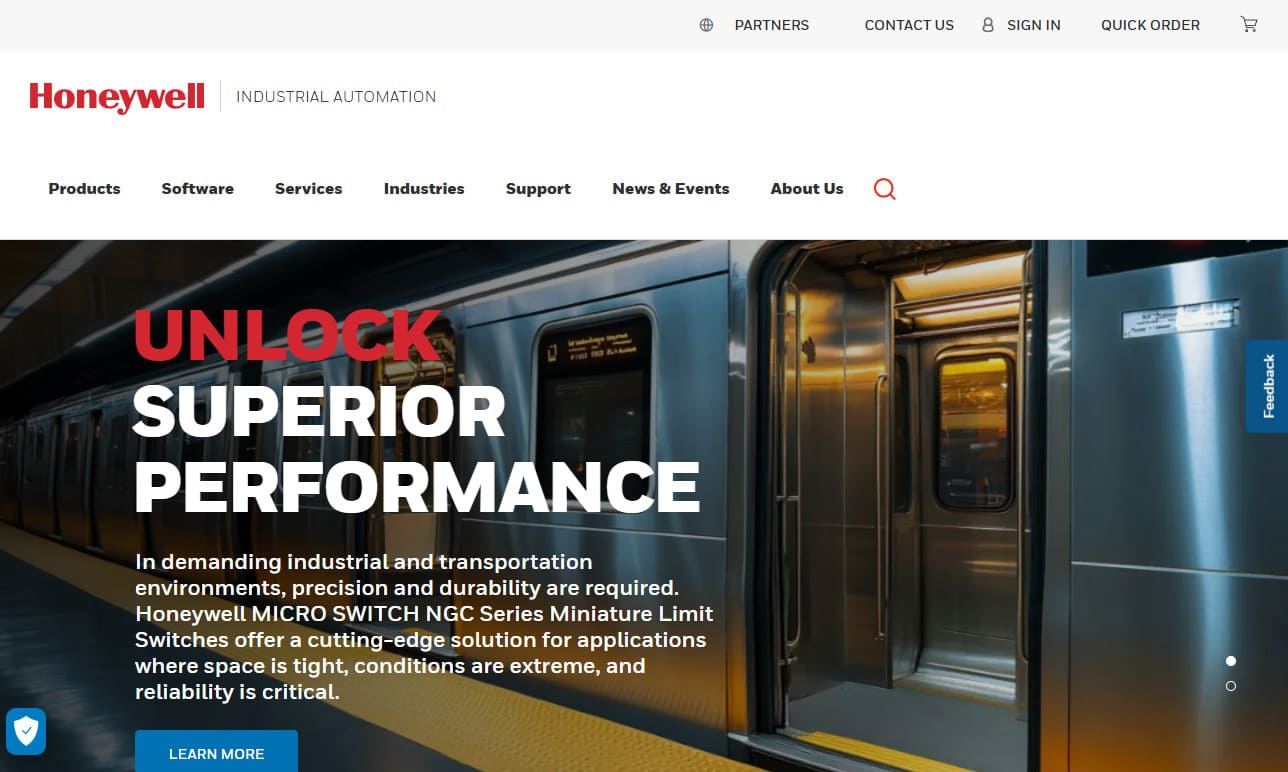
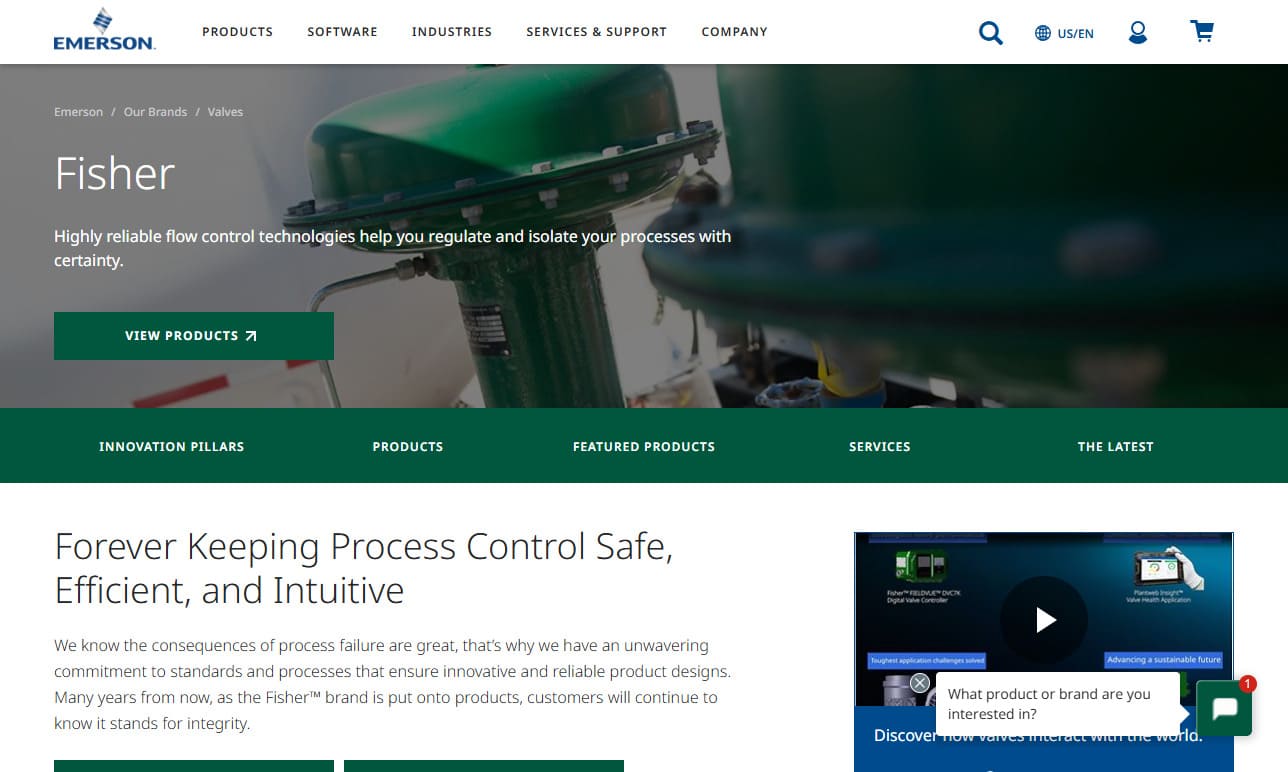
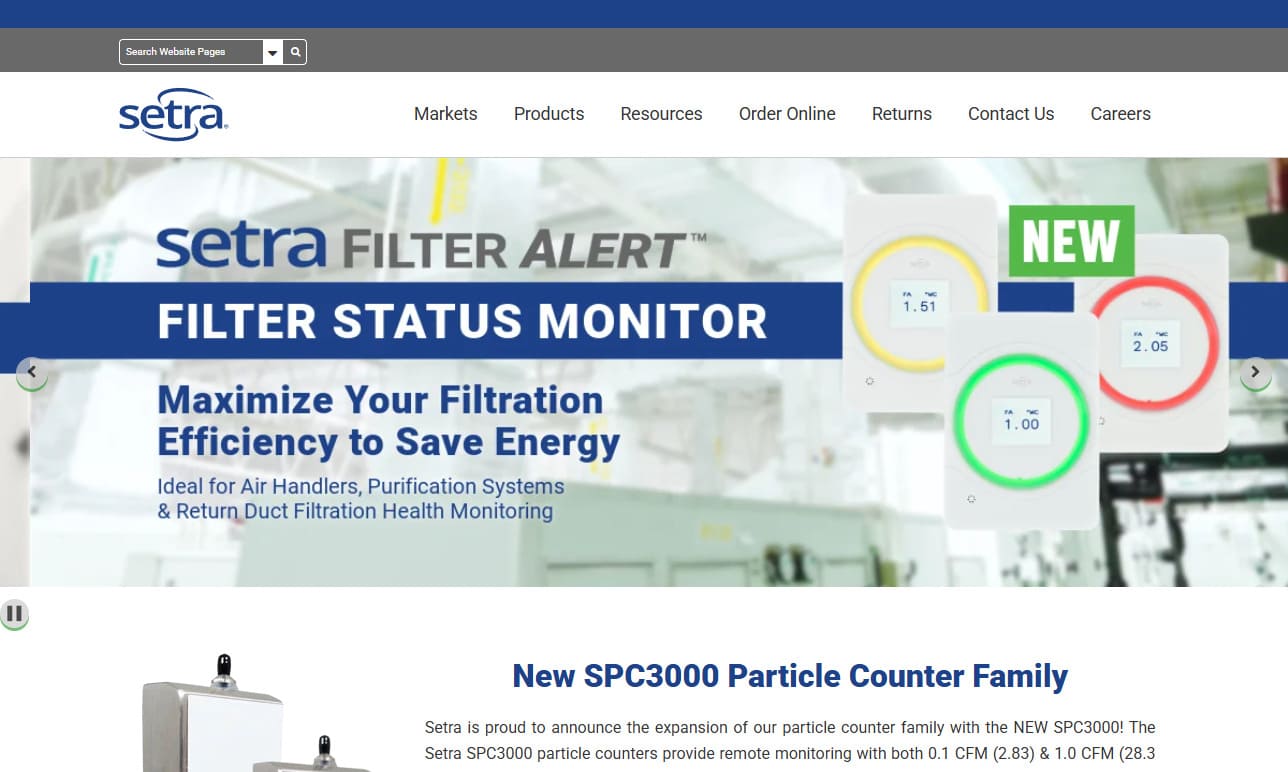


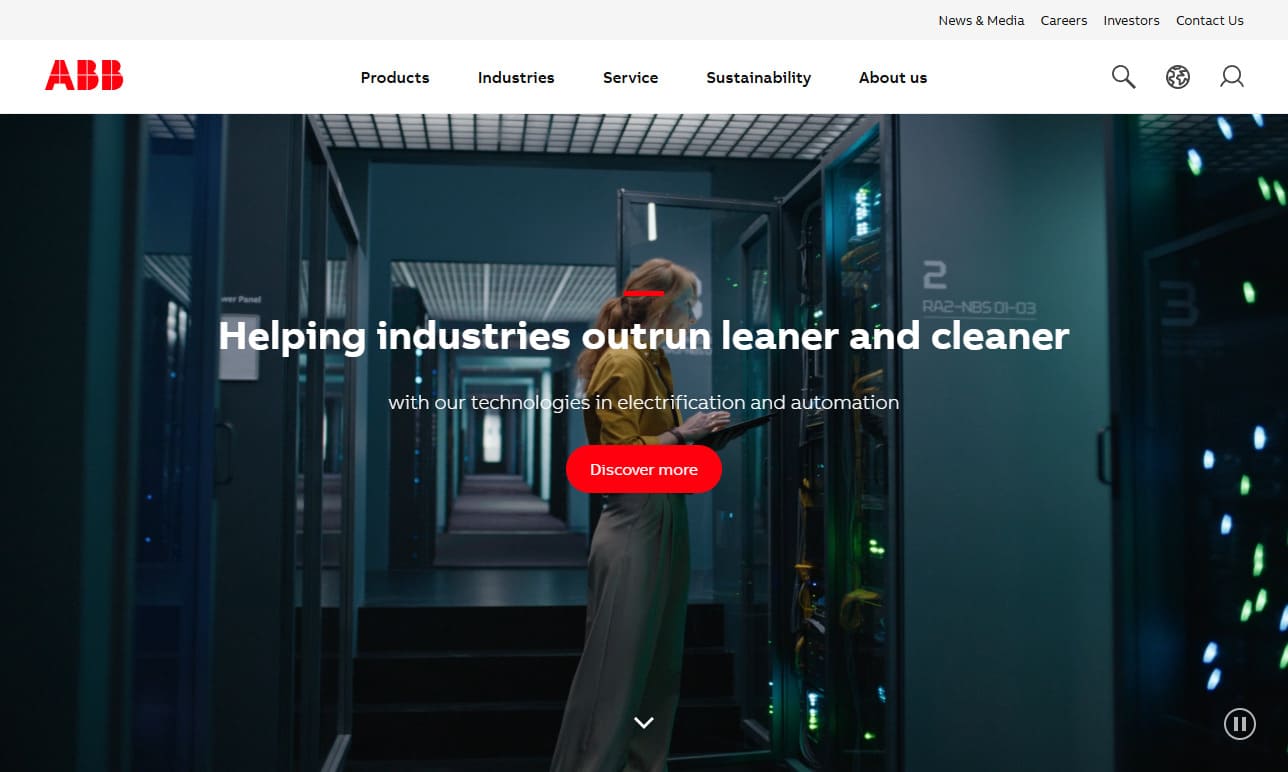
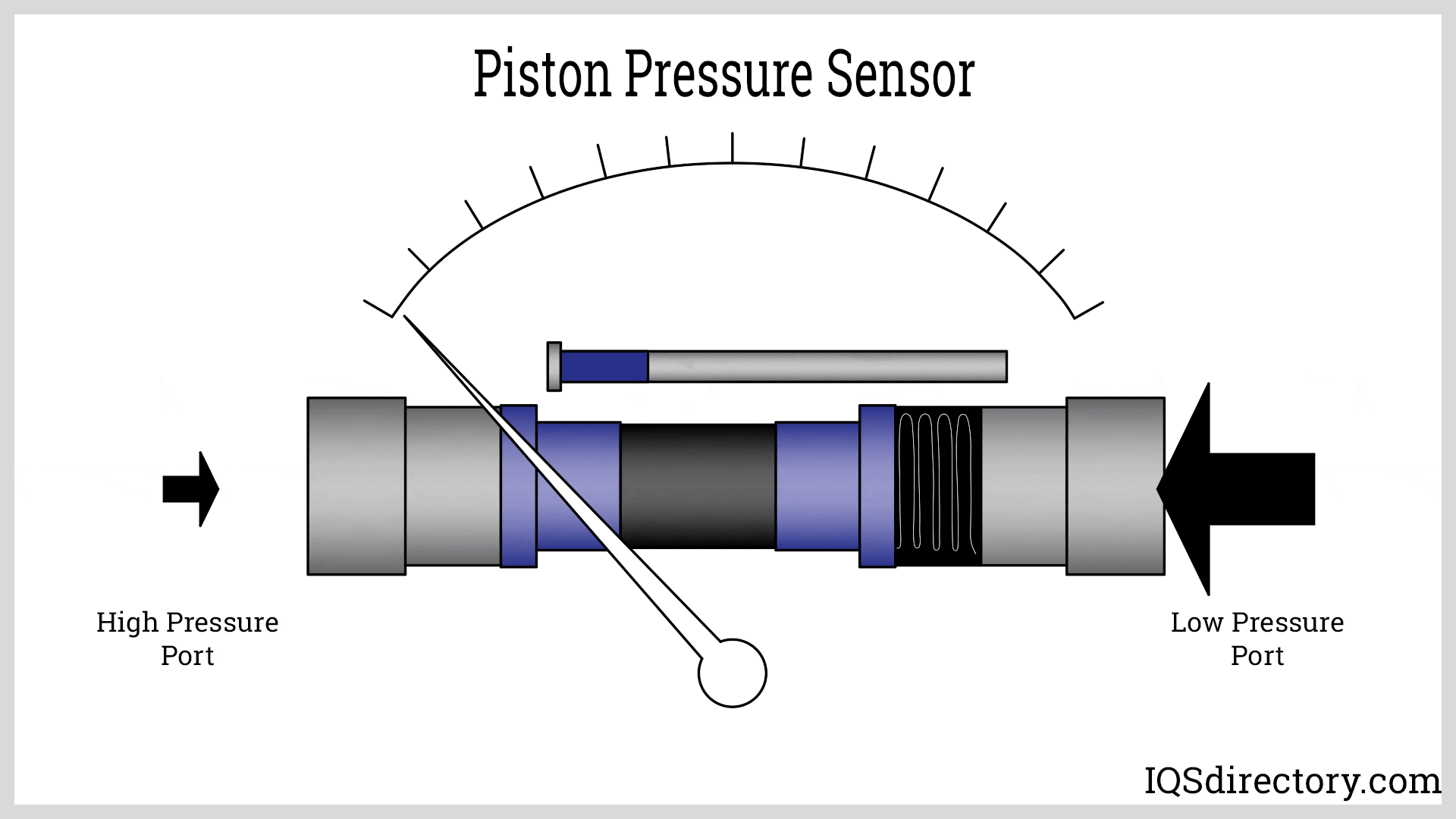

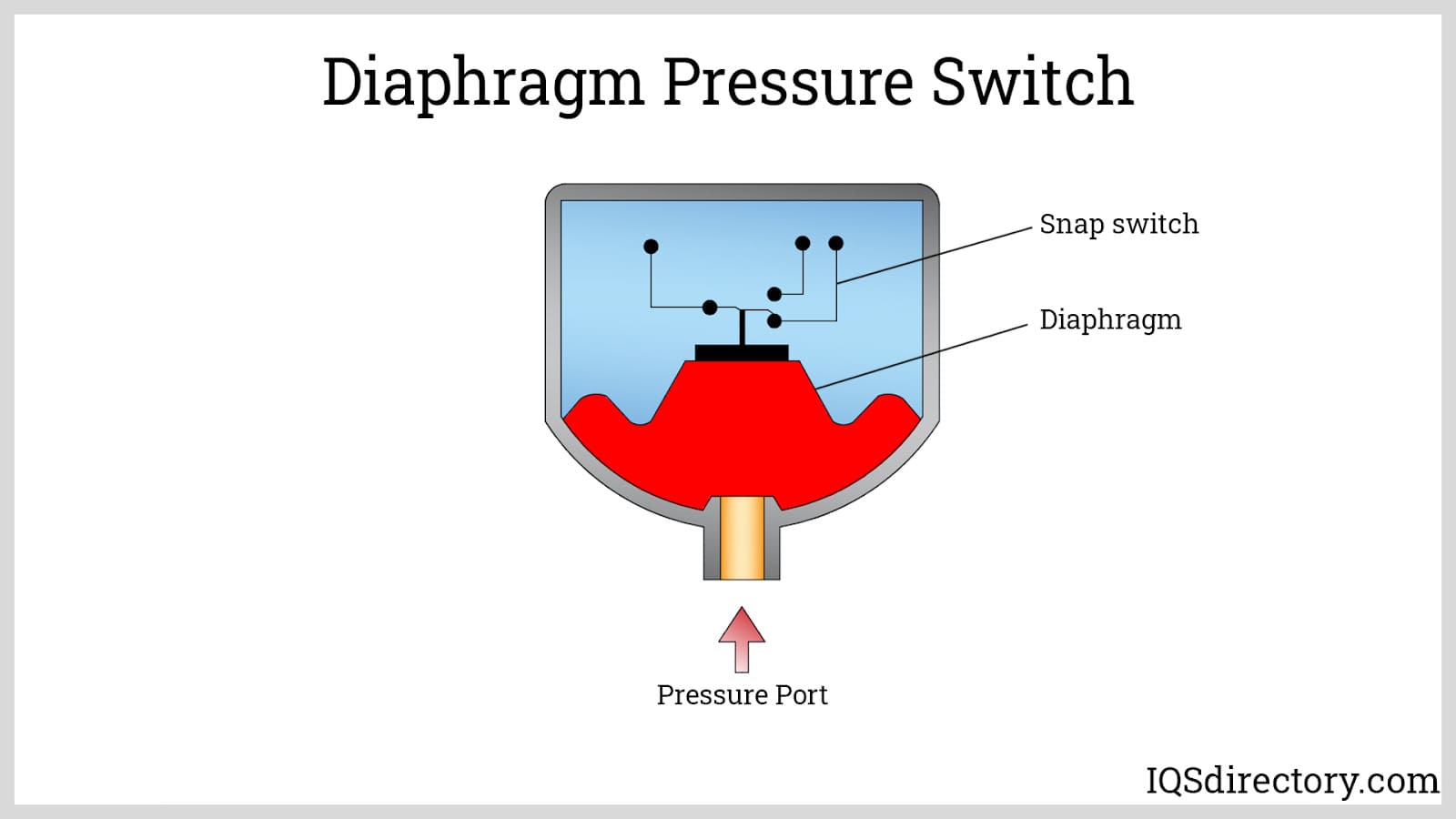
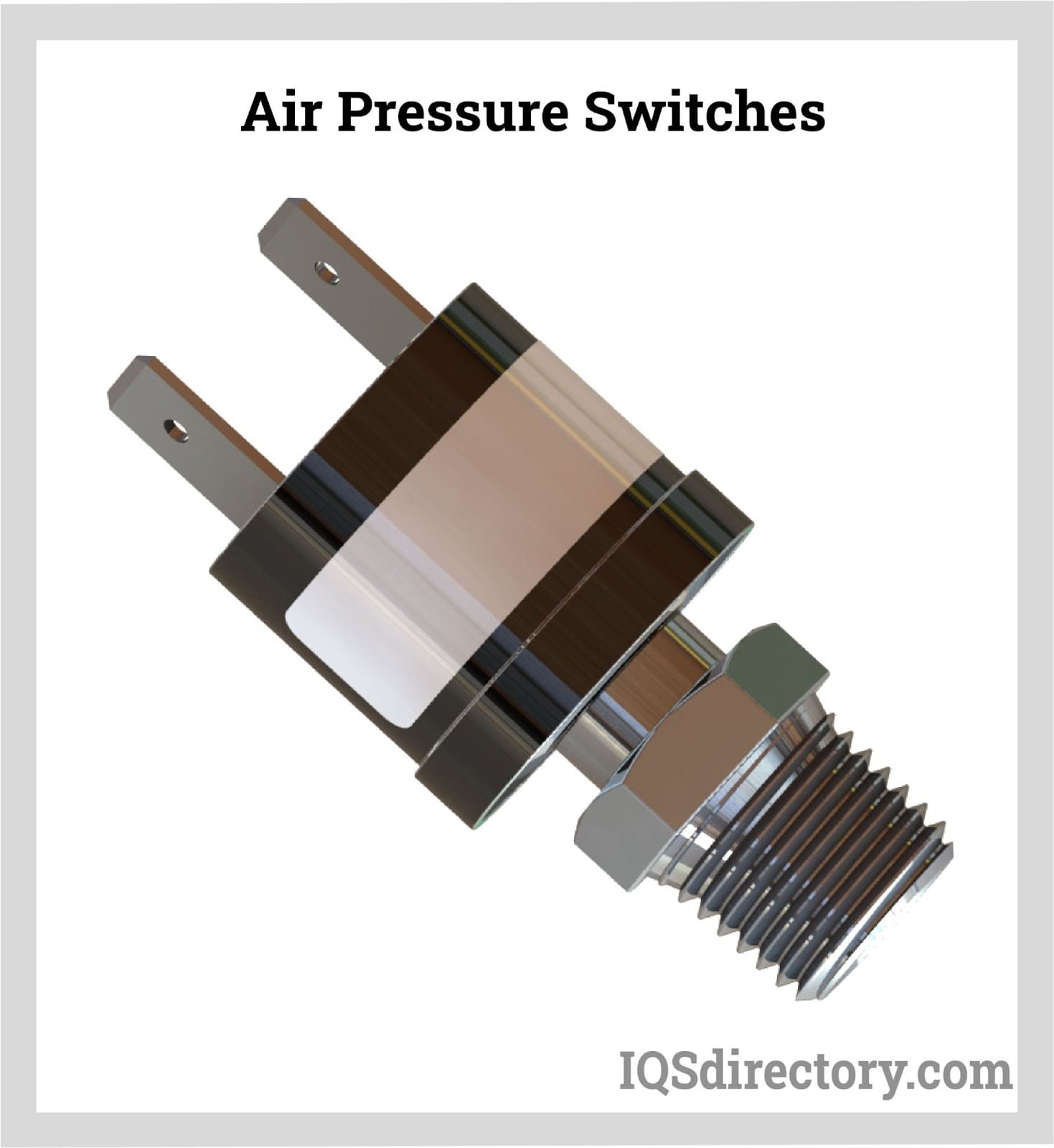
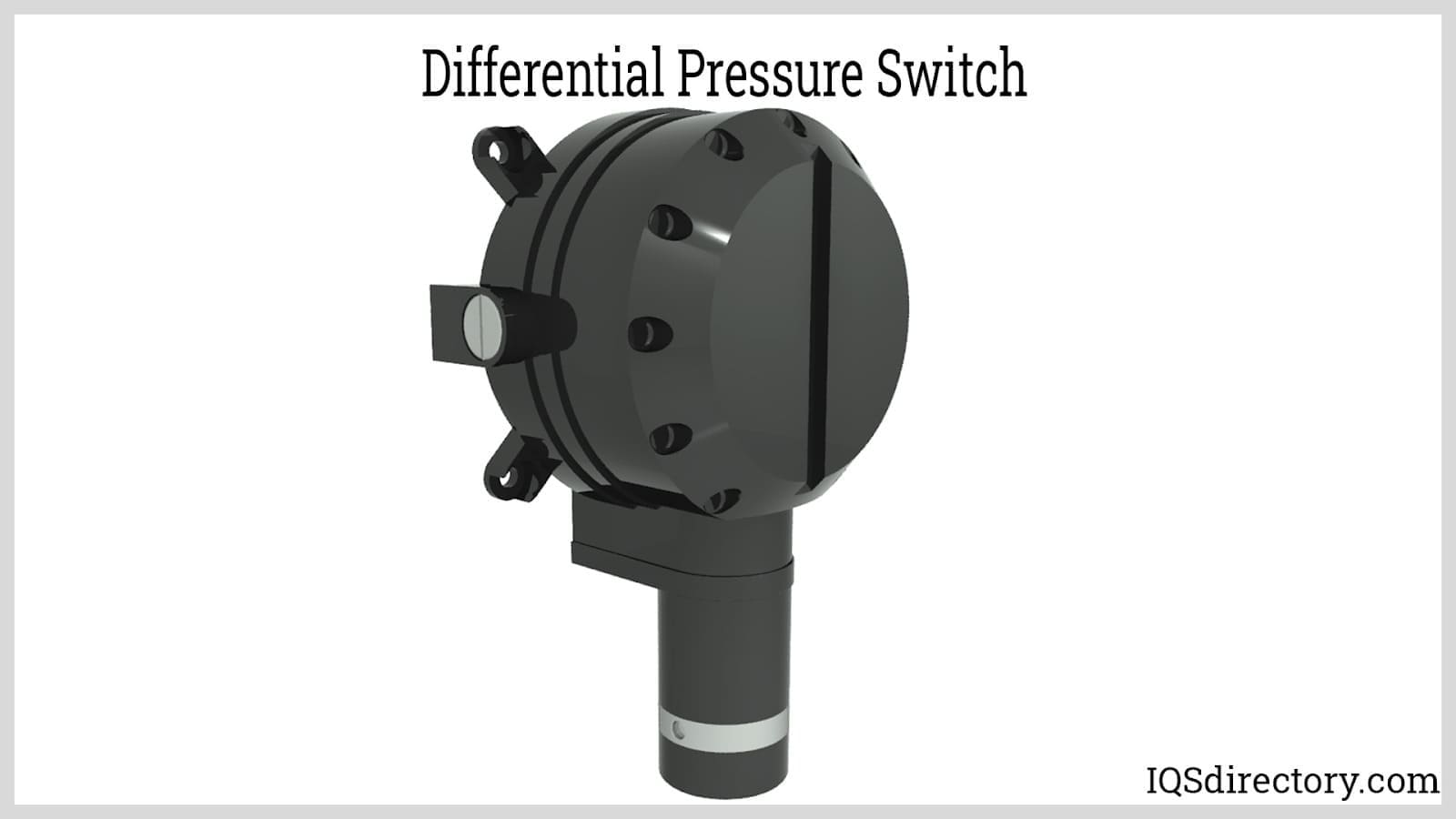
 Flow Meters
Flow Meters Leak Detectors
Leak Detectors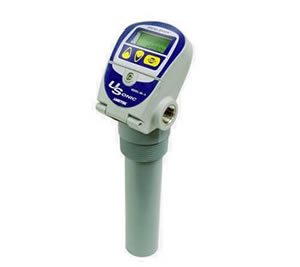 Level Switches
Level Switches Pressure Gauges
Pressure Gauges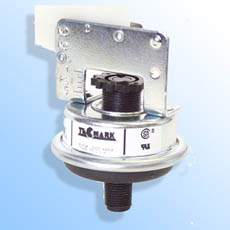 Pressure Switches
Pressure Switches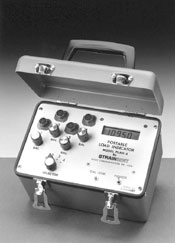 Pressure Transducers
Pressure Transducers Castings & Forgings
Castings & Forgings Bulk Material Handling
Bulk Material Handling Electrical & Electronic Components
Electrical & Electronic Components Flow Instrumentation
Flow Instrumentation Hardware
Hardware Material Handling Equipment
Material Handling Equipment Metal Cutting Services
Metal Cutting Services Metal Forming Services
Metal Forming Services Metal Suppliers
Metal Suppliers Motion Control Products
Motion Control Products Plant & Facility Equipment
Plant & Facility Equipment Plant & Facility Supplies
Plant & Facility Supplies Plastic Molding Processes
Plastic Molding Processes Pumps & Valves
Pumps & Valves Recycling Equipment
Recycling Equipment Rubber Products & Services
Rubber Products & Services